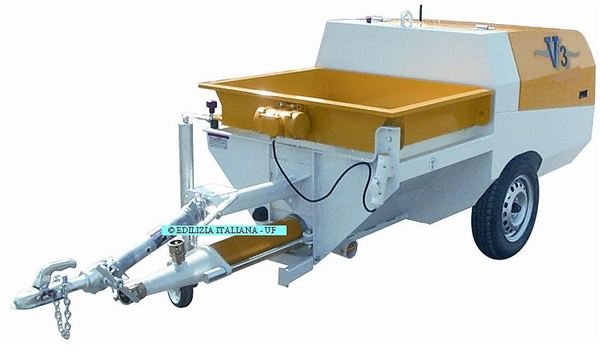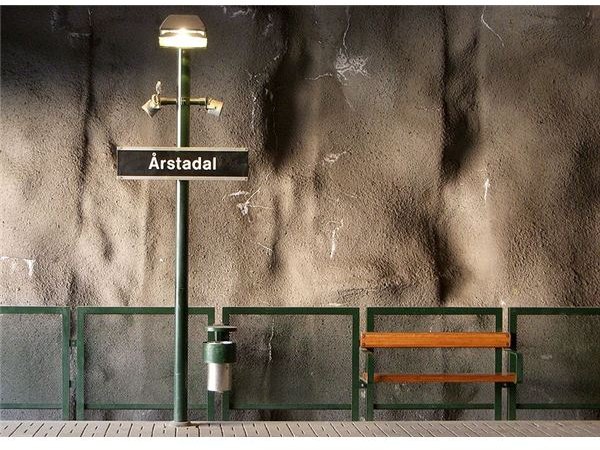Shotcrete Reinforcement of Masonry Walls - Feasible but is it Practical?
Shotcrete Can Renovate Structures
Masonry walls exposed to the elements and suffering from the effects of age or seismic action require to be made over by strengthening if the cost of building a new wall after demolition of the old one is to be avoided. One of the methods that are vastly popular with engineers involved in renovation of structures is the use of shotcrete along with wire mesh reinforcement. Shotcrete reinforcement of masonry walls involves the application of concrete or mortar to surfaces by projecting the material pneumatically at very high velocity that enables placement and compaction at the same time. Besides the rehabilitation of old brick walls shotcrete is also extensively used for protecting excavated surfaces, as support for tunnel surfaces and other places where some sort of support is required.
Image Source: Wikimedia : Shotcrete Wall
Advantages of Shotcrete
Shotcrete that is properly applied has very good structural properties, but if not properly done the material becomes brittle and may turn out to be worse than the original problem it had been asked to solve. Because of its placement at high velocity, shotcrete that has been applied can be superior to concrete or mortar placed in situ. For the same reason, it forms a very good bond with masonry and adheres very firmly to it. Shotcrete application also completely avoids the cost of formwork that conventional concrete requires. This formwork greatly adds to the cost of concreting a structure.
Application of Shotcrete to Old Brick Walls

The application of shotcrete to a brick wall for repairing or renovating a structure requires the erection of scaffolding along the surface of the wall. The extreme pneumatic pressures that are used when applying shotcrete require that this scaffolding has a stable base and is additionally anchored to the wall or by other means so that this pressure does not affect it. Shotcrete is generally delivered through concrete pumps or other grouting machines. The distance of this equipment from the point of application is of vital importance and may sometimes require portable equipment if distances or heights are too great.
The wall to be reinforced has to be examined for its capacity to resist the high shotcrete velocity that can emanate from the nozzle. Where any doubt arises it may be advisable to support the wall temporarily during the process. This can be done by erecting a formwork behind the area that is going to be shotcreted. This formwork can be moved once the work is completed, thus reducing the total cost of the formwork.
Wire mesh reinforcement has then to be anchored onto the wall surface, with spacers that keep the mesh slightly away from the wall surface. This can be avoided if a thin layer of mortar is applied to the wall before installation of the reinforcement. The mix to be used in the shotcrete should be of normal concrete with a larger proportion of fine aggregate and with maximum size of aggregate restricted to ¾ inch. Normal shotcrete layers may vary between 1 to 2 inches depending on the structural requirement. Because of the high velocity, shotcrete material has a rebound from the surface being treated and may lead to fairly large losses in material. On large jobs however, such shotcrete rebound material is collected and reused as aggregate.
Once the entire surface of the brick wall has been covered, normal methods of curing and protection of newly laid concrete have to be in place. The shotcrete adds substantially to the strength of an old brick wall and can greatly increase its useful life.
Image source: Wikimedia: Shotcrete Machine
References
Introduction to Shotcrete applications
